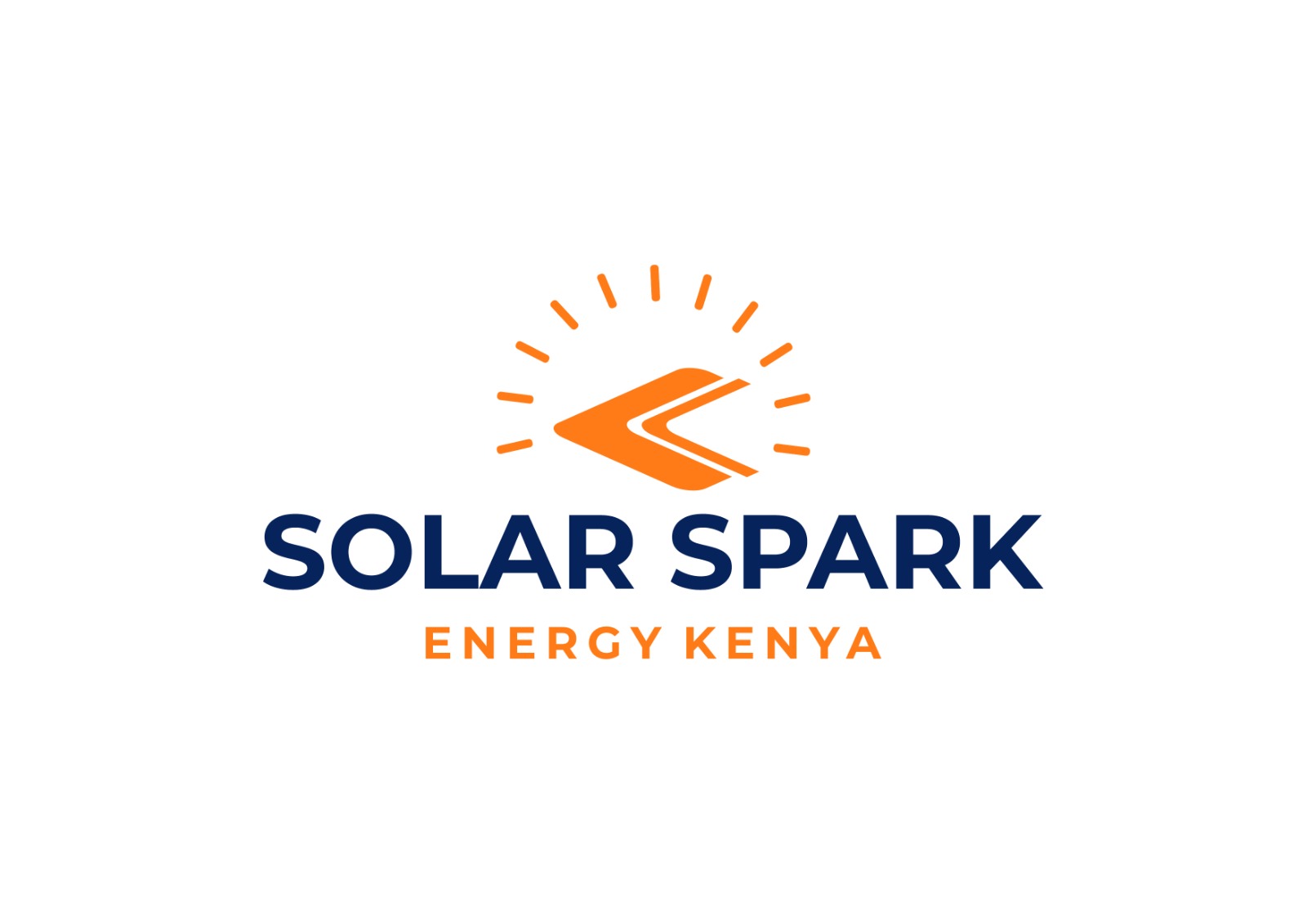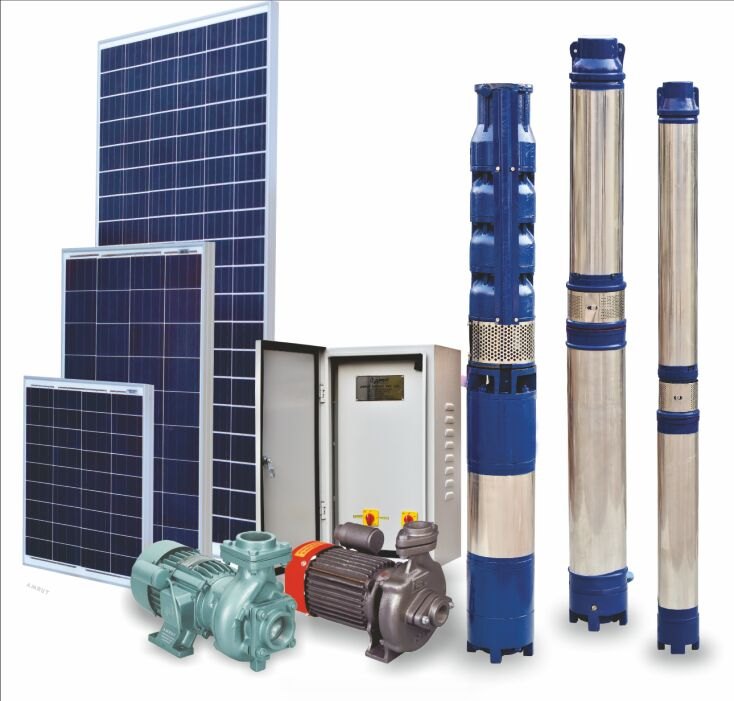With the growing awareness of environmental issues and the rising cost of electricity, many homeowners are turning to renewable energy solutions to power their homes. Among these, solar power systems have emerged as a popular choice due to their numerous advantages. In this blog post, we’ll explore the benefits of solar power systems for homeowners, from cost savings to environmental sustainability.
1. Lower Energy Bills
- One of the most significant advantages of solar power systems for homeowners is the potential for lower energy bills. By generating your electricity from the sun, you can significantly reduce or even eliminate your reliance on traditional grid power, leading to substantial savings over time.
2. Return on Investment (ROI)
- While the upfront cost of installing a solar power system may seem daunting, it’s essential to consider the long-term savings and return on investment (ROI). In many cases, homeowners can recoup their initial investment within a few years through reduced energy bills and potential incentives such as tax credits and rebates.
3. Energy Independence
- Solar power systems provide homeowners with a level of energy independence that is not possible with traditional grid power. By generating your electricity onsite, you’re less vulnerable to utility rate hikes and power outages, giving
you greater control over your energy supply.
4. Environmental Benefits
- Choosing solar power for your home also comes with significant environmental benefits. Solar energy is clean, renewable, and produces no harmful emissions, making it a sustainable alternative to fossil fuels. By reducing your carbon footprint, you can contribute to a cleaner, greener planet for future generations.
5. Increased Property Value
- Installing a solar power system can also increase the value of your home. Studies have shown that homes with solar panels typically sell for more than those without, making solar energy a smart investment in both your home’s value and its sustainability.
6. Longevity and Durability
- Solar power systems are built to last, with most components designed to withstand the elements for decades. With minimal maintenance requirements and long warranties, you can enjoy reliable energy production from your solar panels for years to come.
Conclusion: In conclusion, solar power systems offer numerous advantages for homeowners, from cost savings and energy independence to environmental sustainability and increased property value. By harnessing the power of the sun, homeowners can enjoy clean, renewable energy while reducing their carbon footprint and saving money on their electricity bills.


